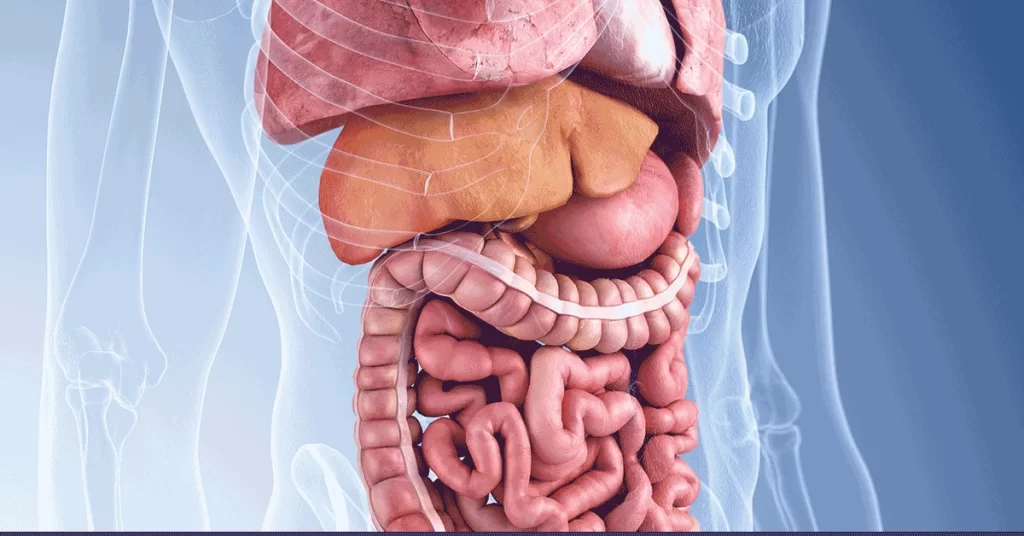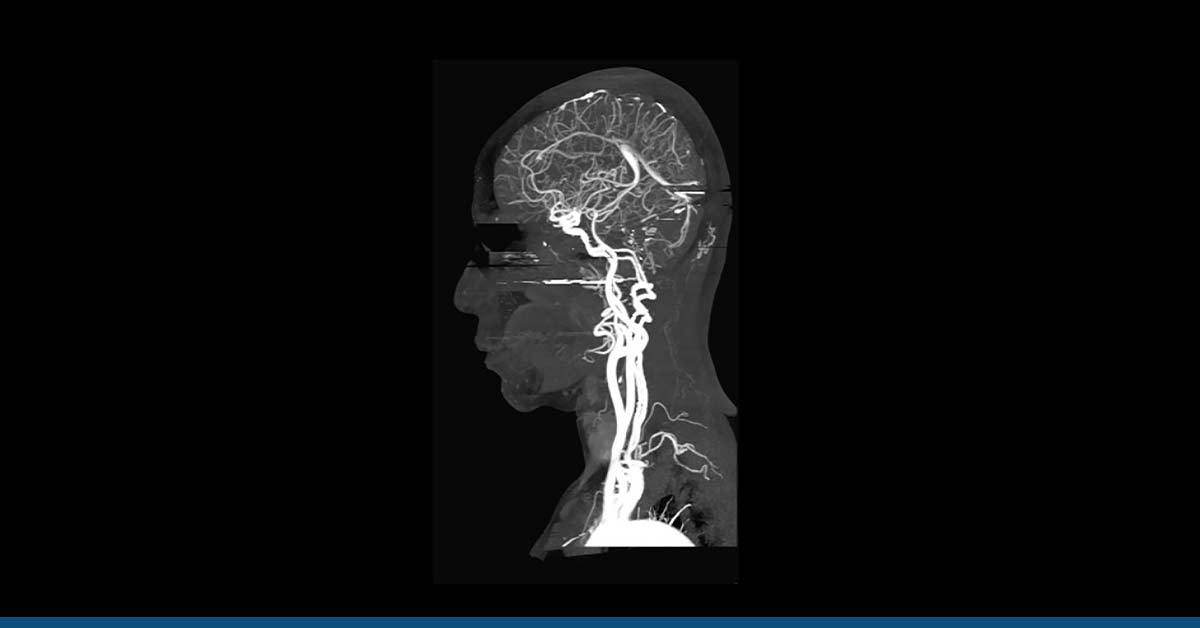In 1991, the Society of Critical Care Medicine coined the term “multiple organ dysfunction syndrome” to describe a spectrum of conditions in which a single organ becomes ineffective or fails before all other organs have failed.
Signs and symptoms of multiple organ failure may include a severe deterioration in multiple organ systems. Primary MODS results from direct injury to an organ that leads to rapid inflammatory response and eventual organ dysfunction.
Table of Contents
ToggleSepsis
Sepsis is the most common cause of multiple organ dysfunction syndrome. Sepsis, a complication of infection, is a serious condition. It accounts for one-third to half of all in-hospital deaths. It is also the leading cause of hospital admission in the United States and the most common reason for ICU admission among older people. People with chronic illnesses are at a greater risk for this condition. Older adults may be more likely to develop sepsis.
Sepsis is a critical condition characterized by a dysregulated inflammatory response in the body. A patient’s survival depends on how quickly and thoroughly treatment can restore normal organ function. In many cases, sepsis is treatable, but sometimes it is not.
Systemic Inflammation
The most common cause of Sepsis is severe systemic inflammation. As a result, multiple organ systems and organs can fail. Organ dysfunction and organ shutdown symptoms can be estimated by using a scoring system called Sequential Organ Failure Assessment (SOFA). When a patient’s SOFA score increases more than two points, significant organ dysfunction is present. A simplified SOFA score (qSOFA) has been proposed as a rapid bedside tool for the diagnosis of sepsis outside of the ICU.
Injuries to the organs increase mortality rates if the infection causes a lower blood pH. The risk of death increases dramatically with the severity of organ dysfunction and the number of failing organs.
What Happens in Sepsis?
In sepsis, the immune system responds to an infection by producing inflammatory mediators that cause cell damage and organ dysfunction. The septic circulatory lesion alters the metabolic regulation of tissue oxygen delivery, leading to multiple organ dysfunction syndromes. The damage to microvascular systems causes erythrocytes to fail to navigate the septic microcirculation. Because of the impaired secretion of vasoactive substances, hypotension is a common complication in patients with multiple organ dysfunction syndromes.
Researchers have concluded that sepsis has a profound effect on mitochondria. In addition to causing tissue hypoxia and decreased ATP generation, sepsis induces an oxidative burst – an excess of oxygen-producing compounds called ROS. These oxidants have damaging effects on the mitochondrial membrane, which inhibits respiration and induces apoptosis.
Detection by Serum Biomarkers
The soluble form of the receptor has recently been identified as a promising biomarker for the early detection of the symptoms of multiple organ failure in patients. If the current findings prove to be accurate, the soluble biomarker could be a valuable addition to the clinical toolbox. More research is needed to confirm the practicality of this biomarker in practice. In the meantime, researchers are investigating if it can be used as a diagnostic tool in everyday clinical practice.
Cytokines
In critically ill patients, biological responses can result in organ damage and shock. Cytokines are involved in the development of multiple organ dysfunction, and detecting organ shutdown symptoms early can help physicians select appropriate treatment strategies and predict patient outcomes.
In addition, it is important to note that sTACI is only one of the many serum biomarkers of multiple organ failure. It is still not clear how sTACI affects the development of MODS. Further studies are necessary to confirm its role in predicting the severity of the disease. In the meantime, the biomarkers may be more accurate than PCT in predicting the outcome and multiple organ failure symptoms.
Multiple Organ Failure and COVID
COVID-19 also has numerous molecules associated with pathophysiology and clinical outcome. This study found that serum miR-27a expression levels were predictive of the outcome of MODS induced by paraquat poisoning. The serum levels of miR-27a correlated with 86.6% sensitivity and 87.5% specificity. These findings may lead to better therapies. For now, the best way to predict the prognosis is to identify the biomarkers and symptoms of multiple organ failure early.
ICU Stay
Respiratory failure, cardiovascular failure, and lung fibrosis may persist after acute organ failure, reducing long-term survival. High SOFA scores are an indicator of occult myocardial damage.
The majority of critically ill patients have respiratory or cardiovascular disease. When evaluating new interventions, long-term survival should be considered. While long-term mortality in patients with ICU admission is high, many survivors have a significant physical impairment, poor quality of life, or excess mortality in the post-ICU period. This data is scarce in the general critical care population.
However, studies have indicated that acute organ dysfunction is related to an increased risk of death during the first 8 to 24 hours of ICU admission.
Acute Organ Dysfunction
Acute organ dysfunction is managed aggressively in the ICU. After a few days of full support, the patient’s prognosis should be reviewed and adjusted accordingly. Discussion of code status is sensitive, and the physician should balance the patient’s wishes with an objective medical outcome assessment. Often, a multidisciplinary team will make this decision in consultation with the patient. In the end, this decision will determine whether the patient will survive or not.
Treatment
Multi-organ failure is one of the most common types of fatal illness.
The goal of treatment of multiple organ failure is to restore organ function and prolong life. Unlike in single organ failure, the interval between organ failures is usually less than ten days, and rarely exceeds one month.
Patterns
There are three patterns of MOF: rapid, delayed, and recurrent. The rapid pattern is the most severe, while the delayed pattern has two phases. The recurrent pattern involves failure of multiple organs within a short time. The most common treatments used in this syndrome include oxygen therapy, nephrotoxic antibiotics, and continuous positive pressure ventilation with an assisted oxygen connection.
Blood Purification Modalities
Blood purification modalities are used to treat multiple organ failure in critically ill patients. One Japanese study enrolled 33 patients with multiple organ failure due to sepsis. Twenty-one of these patients underwent blood purification modalities in the perioperative period. Seventeen patients received endotoxin-adsorbing therapy with polymyxin B. Three patients received plasma exchange and continuous hemodiafiltration. Out of these 33 patients, 16 died.
Advancements in Research for Treatment
Research from Edinburgh University may lead to the development of a new drug that can help prevent or treat multiple organ failures. Researchers have developed a screening test that identifies patients at risk of the disease. These techniques may also prove useful in monitoring multiple organ failure. The research could ultimately lead to the development of new therapies to treat and prevent multiple organ failure. It could also help save a person’s life. If these new treatments are successful, they could make the transition from a chronic illness to a more manageable state.
Recovering from multiple organ failure can be a slow, painstaking, and challenging process. To avoid these life-threatening situations, it is essential to understand the signs and symptoms of multiple organ failure and seek help as soon as possible. At HG Analytics, we help you detect potential symptoms and risks to your health early on, thus, enabling you to seek the right cure and build healthy habits for prevention.
Do not let your physician tell you it is too late! Find preventive wellness and predictable cure to improve critical healthcare decisions with our healthcare analytics. Contact us today to get an appointment or schedule a screening.





